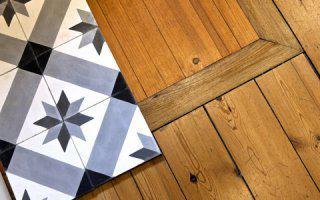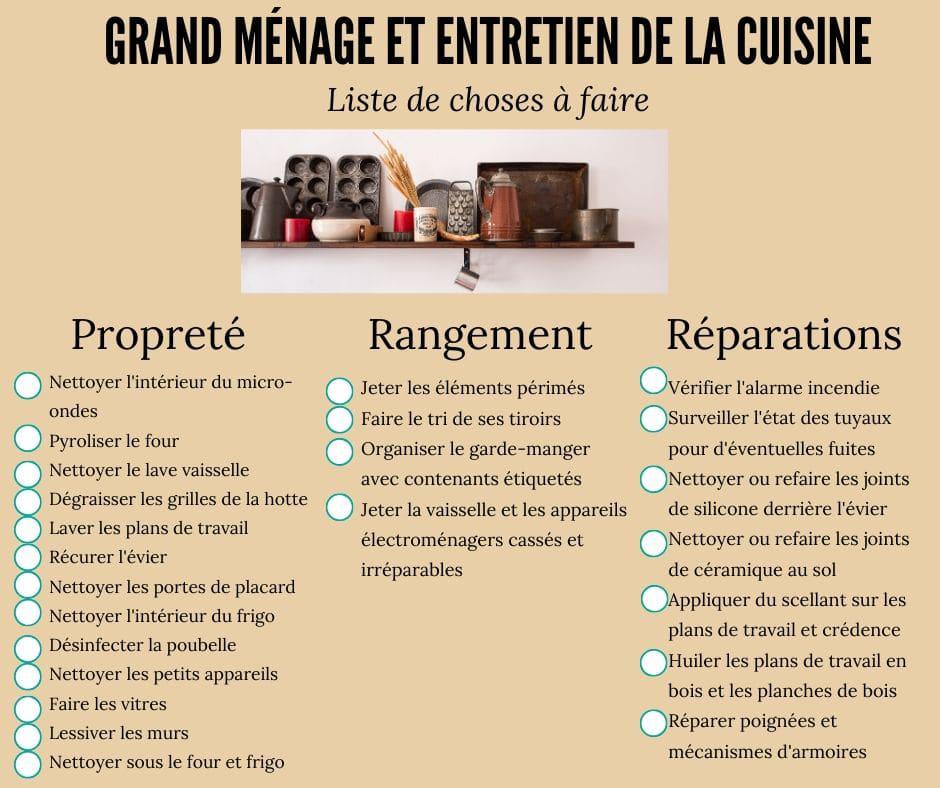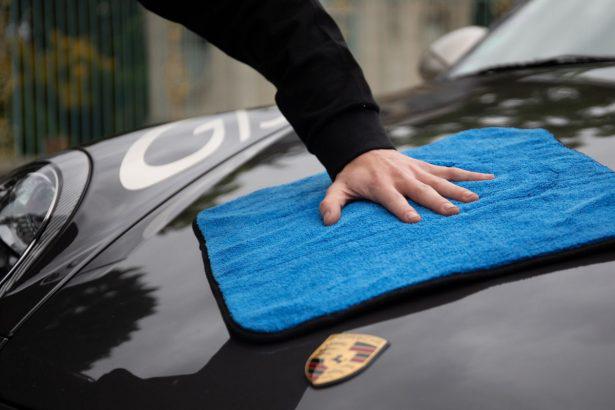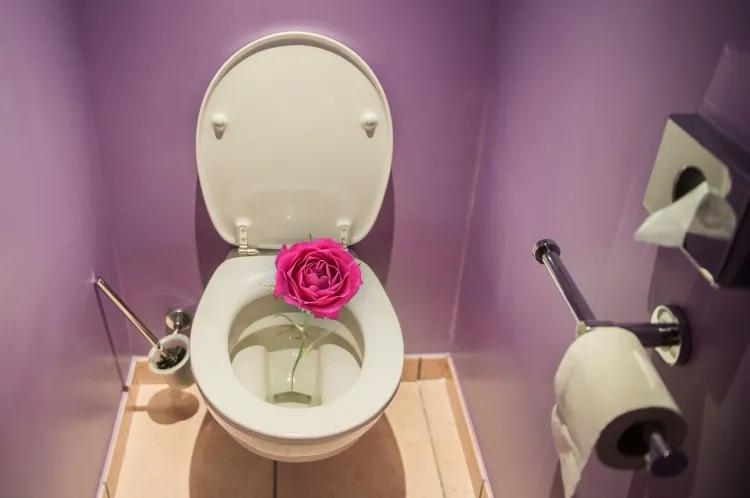Interior flooring
Parquet, tiles, vinyl flooring, linoleum, PVC tiles, cement tiles, carpeting… The choice is not necessarily obvious when choosing interior flooring. For every room there is a suitable floor covering. Before choosing, it is important to ask yourself the right questions: Will the floor be laid in a room with little or a lot of traffic? Is the room damp? Is it a living room? Is this a business premises?
Entrance, kitchen, bathroom, living room, bedroom, garage... The floor will not be the same in each room. The coating should be aesthetic, but also practical. Thus, depending on the type of room, wet room or place of passage for example, special care will have to be taken in the choice of the floor, the technical constraints will be different. For example, in a bathroom, it will be better to opt for tiles, plastic flooring or vinyl to protect the floor from splashing water. For the hallway or the kitchen, it will be necessary to put a resistant floor taking into account the passage and the many tramplings.
It is important to choose a floor that is water resistant and easy to maintain. Here are some examples of perfect floors for a water feature:
It is the ideal floor for a bathroom. It combines many advantages: resistant, does not fear water splashes, easy to maintain, aesthetic. Technologies have improved, and today there is a wide choice of tiles to suit all tastes, tiles can even look like stone or wood.
Disadvantage of a tiled floor: it is is cold.
Perfect for those who want to choose a natural and designer floor. It fits very well in a bathroom. The water-repellent treatment that the floor will undergo before use will allow it to repel humidity.
There are mainly 4 types of stone for the floor of a house:
- Granite
- Marble
- Slate (cheaper and does not require treatment before use)
- Limestone: colors from very light beige to grey, pink and ocher
- The main disadvantage of stone floor will be laying which is very expensive and complex. It is absolutely necessary to go through a professional (tiler or marbler).
Even if parquet is often used in the living room or bedrooms, it can very well be installed in a bathroom. All you have to do is choose an exotic species such as teak, iroko or doussie, species that are naturally rot-proof. In this case, the parquet will resist the humidity of the bathroom.
The advantages of plastic flooring are: the price, the ease of installation, the robustness, but also the wide choice of colors and patterns.
It adapts perfectly to all rooms in the house, including rooms wet.
Laminate flooring can be installed in the bathroom. But it will be necessary to choose a laminate floor specifically intended for wet rooms and whose support has been coated with a vinyl resin to act as a barrier to humidity.
Advantage: lower price than parquet, resistance, many colors , simplified installation, easy to clean.
Lino flooring and PVC have many advantages for a bathroom. They are resistant, easy to maintain, insulating, allow you to create large seamless surfaces, a wide choice of colored decors (there are even lino imitation parquet or mosaic floors).
PVC flooring is very easy to install. It is available as an adhesive PVC tile (or self-adhesive tile) with integrated glue. The other type of laying is laying with glue with the pvc roller floor.
Lino is a natural floor unlike PVC, so it will be more expensive.
As with a bathroom, the choice of floor in the kitchen is important. It must be resistant to passages, but also to stains (water and grease). It is important to inform your customers about the different possible coatings for a kitchen.
The most chosen floor coverings for this room are: tiles, parquet, laminate and soft floors.
Tiling has all the advantages for a kitchen. It is a very resistant and easy to maintain floor. For a nobler, more chic side, you can offer your customers natural stone flooring such as slate, granite, marble or terracotta.
Terracotta or porcelain stoneware tiling is very popular for a kitchen. The advantage of porcelain stoneware: it is non-porous, it does not fear water, stains or shocks. It is therefore perfect for this room.
There are floors intended for kitchens. As for the bathroom, these are parquet floors of exotic wood. In the kitchen, the parquet is always glued to be able to resist hygrometric variations. Its sealing must be particularly careful.
It will be less expensive than solid wood flooring and brings out the warmth of wood. Be careful to choose a laminate floor dedicated to wet rooms.
Sold in rolls or floor tiles, soft floors are perfect for a kitchen. They are easy to install (exist in self-adhesive tiles). There is a large choice of patterns and colors (for example, you can find imitation cement tile vinyl flooring). Other advantages: the very affordable price and the ease of maintenance.
All types of floors can be laid in these rooms. The choice will be made mainly on the comfort and the desired style.
In addition to the types of floors listed above, we find the carpet which is making a comeback for living rooms such as bedrooms or the living room. The carpet will bring warmth to the interior of a house. Abandoned for a long time, it is back in homes. It combines aesthetic qualities and performance. It can be easily laid on any support and can even be considered today as a natural and ecological floor. In fact, carpets are sound and thermally insulating.
There are different types of carpets: wool carpets, synthetic carpets, velor carpets, curly or curly carpets. Everything will depend on the desired use.
More and more, the environmental concept is becoming essential for individuals in the layout of the house.
A natural and ecological floor covering has several advantages, including a better quality of life (good insulation, quality of l indoor air, comfort, etc.
The environmental impact of the floor covering chosen varies according to
- The energy required to manufacture it
- The natural origin or not of its components
- The presence of polluting substances
- Respect for the environment
We therefore forget the parquet floors made of exotic woods which contribute to deforestation, the carpets with fire-retardant treatments, the plastic floors in petroleum-intensive PVC...< br>More and more natural floors are appearing on the market. In addition to combining usefulness with the environment, these floor coverings are increasingly resistant and aesthetic. Here is an overview of eco-friendly floors for interior design.
The choice is vast. Today, for each type of traditional floor, there is a sustainable equivalent.
- Parquet: you should choose a parquet floor in chestnut or oak, and even better, in bamboo or cork .
- Linoleum: linoleum is made from natural raw materials (mixture of linseed oil, flour, wood, cork, natural resins, minerals and pigments on a support in burlap).
- Tiles: prefer sandstone or caralium which is a natural floor composed of 80% mineral matter and 20% composite
- Natural stone: granite, marble and slate are prized for their durability
- Braided plant fiber flooring: burlap, coconut, seagrass… All these floors respect the environment
- Carpet : as seen above, today there are ecological carpets.
Floor coverings for professional premises are different from those for individuals. They should be more resilient. Each type of professional premises (offices, shops, hospitals, gymnasiums, hotel, restaurant, schools, factories, etc.) needs a floor adapted to its needs.
The different coatings depending on the type of room:
To choose the right flooring for a business premises, it is important to define the specifications for each space. The floor of a professional kitchen will not be the same as that of the reception room or the bedroom for a hotel. Same for a school.
Manufacturers today offer many choices of flooring for each use.
- Hospitality / catering

- Sports facilities
- Health
- Education
- Industry
- Offices
- Shops
Regulations
For professional premises open to the public, the regulations require that the coating be chosen as a hard surface capable of blocking humidity, easy to clean and non-slippery. It is strongly recommended to check the standards and certifications in force before choosing the flooring.
Exterior flooring: which flooring to choose for a terrace
As with indoor flooring, it is important to choose the right flooring for your terrace. The choice will be made mainly on the aesthetic side, the ease of installation and maintenance. What are the different types of flooring for a terrace? What are the pros and cons of each floor? Here is an overview to help you best advise your clients.
Before choosing the material of the terrace and starting the installation, it will first be necessary to pour a concrete slab if it does not exist (most of the materials resting on a concrete slab).
Concrete, wood, composite, natural stone, tiles… there is something for everyone.
The decorative concrete terrace is robust, resistant, aesthetic and economical. It is a good alternative to other types of terrace (wood, natural stone, etc.). There are many decorative concretes: deactivated concrete, smooth concrete, bush-hammered concrete, sandblasted concrete, stamped concrete, waxed concrete, colored concrete... It is ideal for a modern and easy-to-maintain terrace.
The wooden deck is very fashionable, it is a warm material. It is perfect for any type of home, whether modern or traditional. If your customer chooses a wooden deck, you can offer them wooden or composite boards, or gratings.
The composite wood deck is made from resin and wood fiber. Its rendering is very close to that of natural wood, without its drawbacks. Indeed, this material requires almost no maintenance and its color will not change over time like wood.
The downside of a wooden deck will be maintenance.
A stone terrace floor gives an authentic character to an exterior. It is naturally robust and resistant. For a smaller budget, reconstituted stone is a good alternative. It gives a “natural stone” effect. Natural or reconstituted stone is sold in the form of patio slabs or paving stones. For this terrace covering, installation by a professional is recommended.
The advantages of stone: robustness, does not slip, the color does not fade.
Another type of outdoor terrace: the tiled terrace. The tiling will adapt to all styles.
What are the advantages of tiling for a terrace? It requires less maintenance than a wooden deck. There is a wide variety of colors, appearance or imitation.
The entry price of a terrace tile is low. It is the ideal material for an inexpensive terrace.
Prices and VAT for flooring
The price of flooring will vary enormously depending on the material used and the range chosen. Before recommending a type of interior flooring or a material for a terrace to your client, carefully study the notion of price with him and offer him quotes according to his criteria. Do not hesitate to also offer him a quote for laying the floor.
The normal VAT rate of 20% will apply for:
- Professional premises (offices, hotels, restaurants, etc.)
- New constructions
- Renovation if the accommodation was built less than two years ago
- Enlargements greater than 10% of the living area
The intermediate VAT rate of 10% will apply in the case below:
For renovation work other than home energy improvements if the home was built more than 2 years ago. This VAT applies to labour. It can also apply to the materials if they were purchased by the company carrying out the work. This rate therefore applies for the change of the floor covering: installation of a parquet floor or a carpet for example.
M.S.








